Monty
Gold Member
- Jan 26, 2005
- 10,746
- 166
- Detector(s) used
- ACE 250, Garrett
- Primary Interest:
- All Treasure Hunting
Eyeballed this by an old spring I discovered and dug open on my hunting lease. Its texture is much like a honing stone and one end is tapered and flattened to a dull edge. The other end is flattened and edged to a lesser degree and it feels like it is designed to b the end that is held in the hand. I suspect it is some kind of a crude shaped scraper or even perhaps a sharpening stone for knives or maybe even metal arrow heads. I can tell by the way it is formed it is not a natural occuring rock. There have been several flint points found on this land but this is the first implement of this type I have come across. Any idea as to what it might actually be? Monty


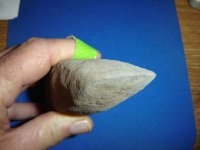
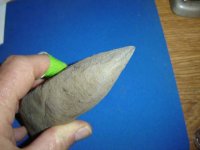
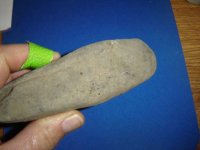
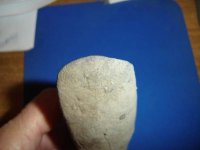
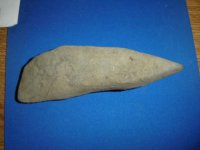


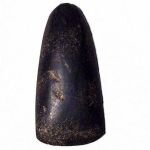

 ?? Seems like you have a very intriguing piece of land there.
?? Seems like you have a very intriguing piece of land there. Thanks, Monty
Thanks, Monty